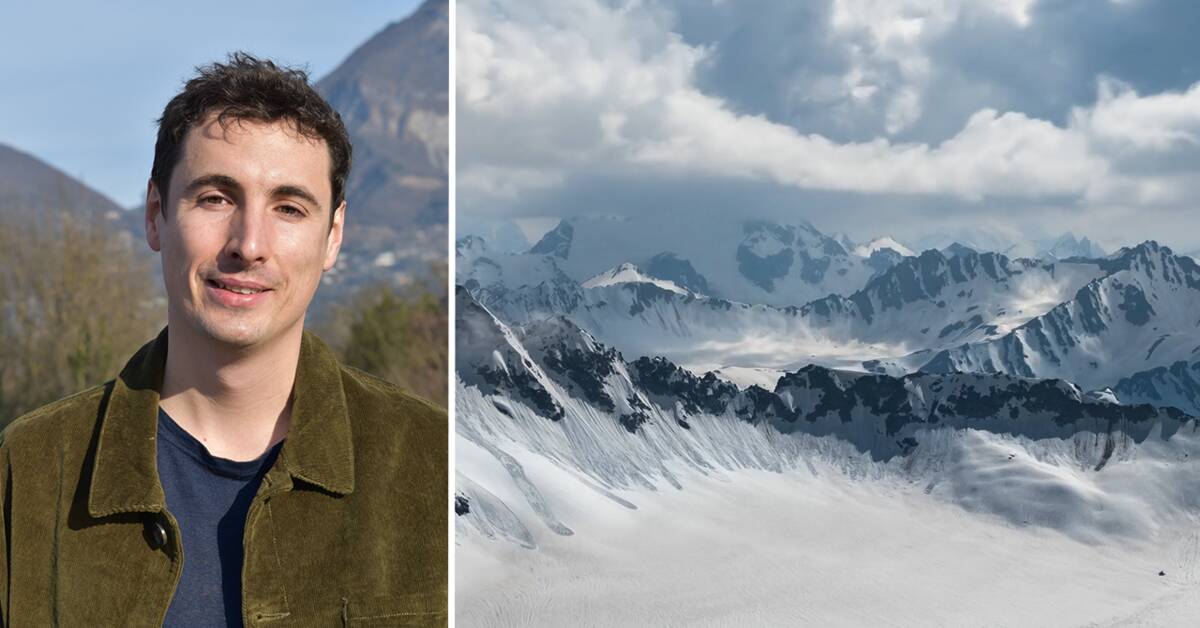Using satellite images, scientists have estimated the volume of almost all of the earth's 215,000 mountain glaciers.
The new measurements show that the glaciers together contain less water compared to previous estimates, because in the new measurement it was possible to avoid double-counting glaciers.
Melts first in the Andes
With less water in the glaciers, the supply of meltwater that millions of people use for drinking water, industry and agriculture decreases.
In the tropical Andes in South America, according to the new measurements, there is 27 percent less ice in the mountain glaciers than previous measurements.
It is also one of the areas where glaciers are melting the fastest in the world.
In the Himalayas, on the other hand, it is estimated that there is just over a third more ice.
Glacier shape important
But it is not just the volume of ice that determines how large the water resources are for mountainous communities.
Knowledge of how high glaciers are and how they are designed is also crucial for understanding future water resources.
- We have completely redefined the 3D structure of glaciers, which provides new knowledge about which ice will melt first, and which will remain.
It will have a major impact on measurements of freshwater resources and simulations of sea level rise, says Romain Millan, glaciologist and lead author of the study published in Nature Geoscience.
Reduced sea level rise
Should all mountain glaciers melt completely, the sea level rise would be about 25 centimeters according to the new estimates, which is 20 percent lower than previously expected.
But mountain glaciers account for only a small part of the forecast of sea level rises.
- Our study did not take into account the ice in Greenland and Antarctica, which are the ones that can potentially contribute the most to sea level rise.
If Antarctica melts, sea levels can rise by more than 50 meters, so the results of our study do not change anything about the long-term sea level rises, says Romain Millan.
Play the video to hear Romain Millan talk more about the importance of mountain glaciers.

